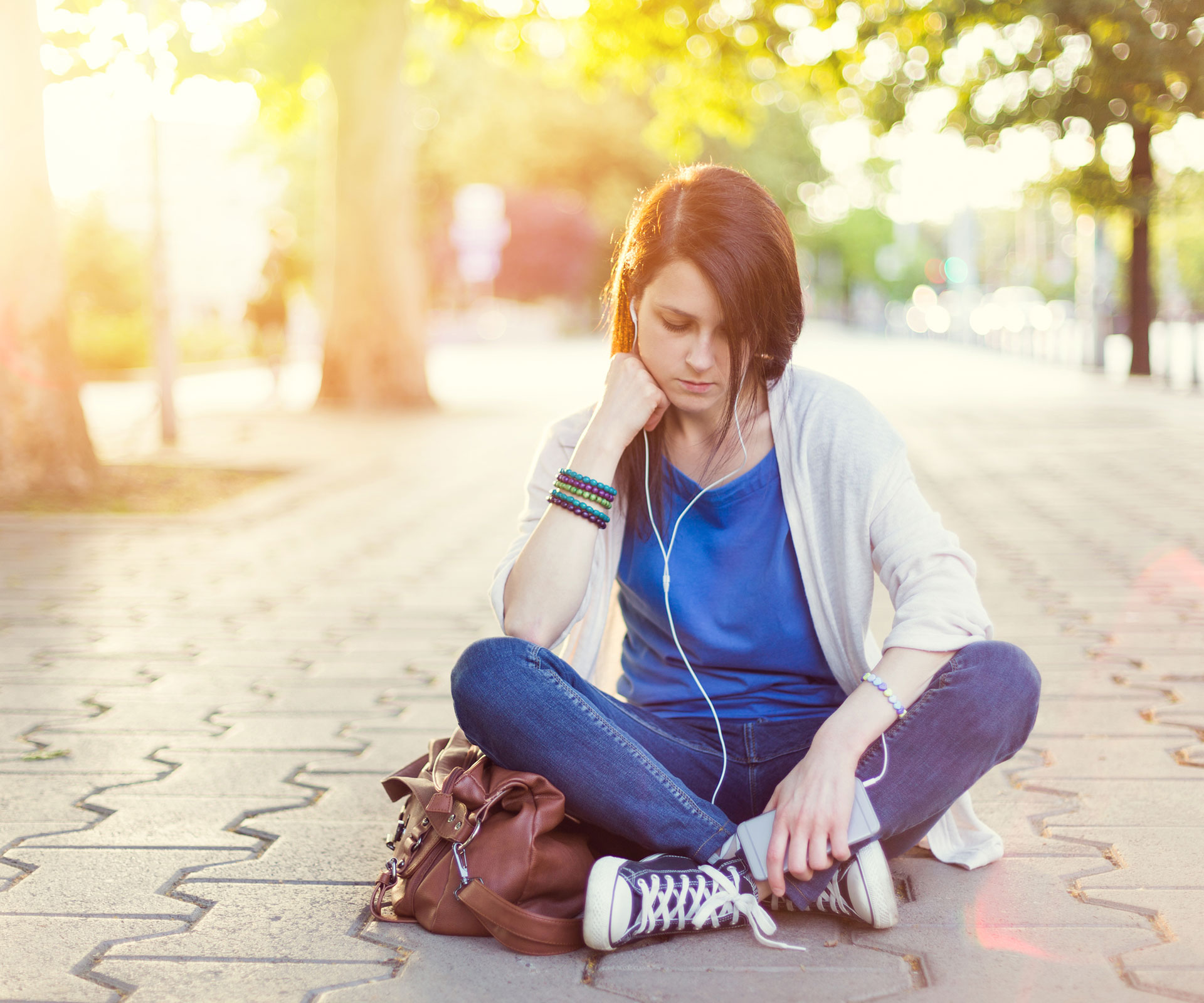A school community near to us was recently shattered by the suicide of a girl in Year 8. Fellow students, teachers and parents were shocked, and left to ask, “How this could have happened? How could a young person with so much potential deliberately end their own life?”
The unspoken question in the air was, “Could this happen to other young people?”
It is impossible to imagine anything more devastating for a family than the suicide of their teenage son or daughter. Yet the tragedy of suicide is the leading cause of premature and preventable death in young Australians. More young Australians die by suicide than in car accidents.
Suicide is rare in childhood, but starts to become much more common at adolescence, with the risk rising rapidly between the ages of 15 and 19.
These figures do not include suicide attempts, estimated to be up to 20 times more frequent than completed suicide.
WHAT YOU CAN DO
At home and at school, you need to look at the factors that contribute to stress, anxiety and depression, and do what you can to reduce the sources of distress for young people and improve their resilience.
It is important that young people understand that life pressures ebb and flow, and that all stressors cannot be eliminated. However, they can develop coping skills to manage through difficult periods.
Be alert to warning signs. It can be difficult to broach the subject of mental health, but it is a conversation that needs to be started if you suspect a teen is depressed or anxious. It is important to show them that you notice they are in difficulty and that there is support for them.
Be careful not to pass off talk of hopelessness, self-harm or death as a passing phase or teenage angst. Make it clear that you are taking their concerns seriously and that you are there to listen and help.
If you suspect they are at risk, you need to arrange for urgent professional intervention and support. Your GP is a place to start and we are able to do a mental health assessment and then refer to a psychologist, psychiatrist or appropriate counselling service.
Recognise when your teen is overwhelmed by school work or other commitments and help them manage their time. Their school should be able to plan study schedules and to provide extra educational support if they are struggling.
At home, you can encourage your teen to spend time with friends and family, rather than spend a lot of time alone.
I also advise parents to closely monitor their child’s use of the internet and social media. All devices should be excluded from the bedroom at night to avoid exposure to potential cyber-bullying.
Physical activity, either as organised sport or shared activities such as walking, bike riding, swimming and time spent in natural environments are important for mental wellness.
If you keep alcohol or medication in your home, make sure it is stored securely and monitored regularly. Make sure any firearms in or around your home are in safe storage.
WHAT ABOUT ANTIDEPRESSANT MEDICINES?
Some studies have shown a possible link between starting treatment with an antidepressant and an increased risk of suicide.
Manufacturers of all antidepressants are required to include a warning stating that antidepressants might increase the risk of suicide in children, adolescents and young adults.
It is very unusual for a teenager to be prescribed antidepressants. However, in some cases of severe depression, medical advice might be to use antidepressant medication under careful supervision and any young person starting one of these medicines should be watched closely for signs
of increased suicidal thinking.
RISK FACTORS AND WARNING SIGNS
It is not always possible to predict if a young person is likely to attempt suicide. In some cases, there is a sudden overwhelming stress, while in other cases there is a build-up of stress over months or years.
However, there are some warning signs to alert you to the potential risk.
Prolonged bouts of sadness
Social isolation or difficulty with friendships
Being a victim of bullying or abuse
Family disruption, loss or adversity
Irritability or other personality changes
Trouble eating or sleeping
Loss of interest in activities
Decline in school performance
Drug use
Alcohol use
Self-harm or talk about self-harm
Lesbian, gay, bisexual, or transgender sexual orientation
Talk about being “worthless”, “hopeless” or “helpless”
Talk about dying, disappearing or suicide
Attempted suicide
WHERE TO ASK FOR HELP
Your GP
Headspace: 1800 650 890 or headspace.org.au
Lifeline Australia: 13 11 14
ReachOut: au.reachout.com
Kids Helpline: 1800 55 1800
Youth Beyond Blue: 1300 22 4636 or youthbeyondblue.com
This story originally appeared in the March 2016 issue of The Australian Women’s Weekly.




